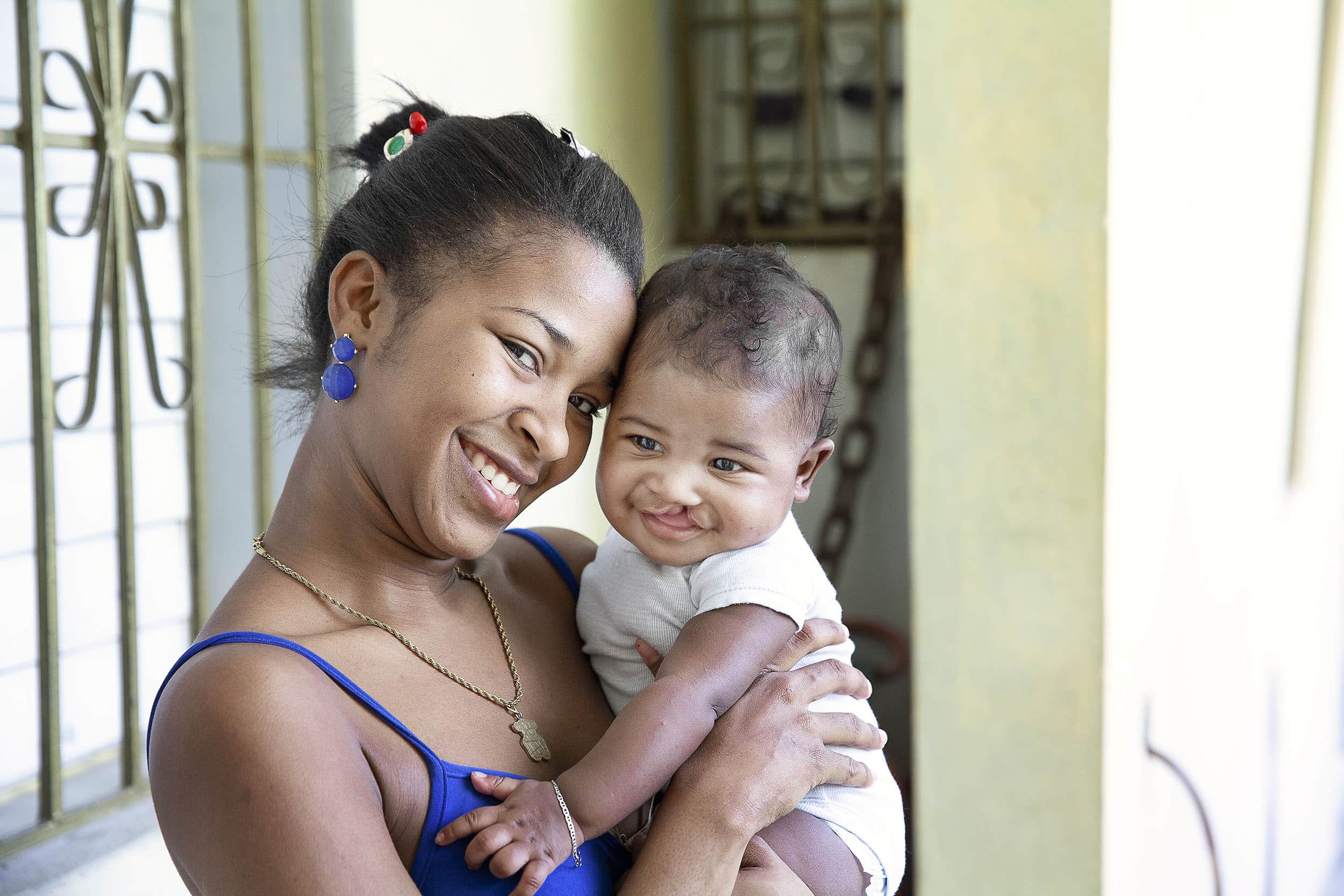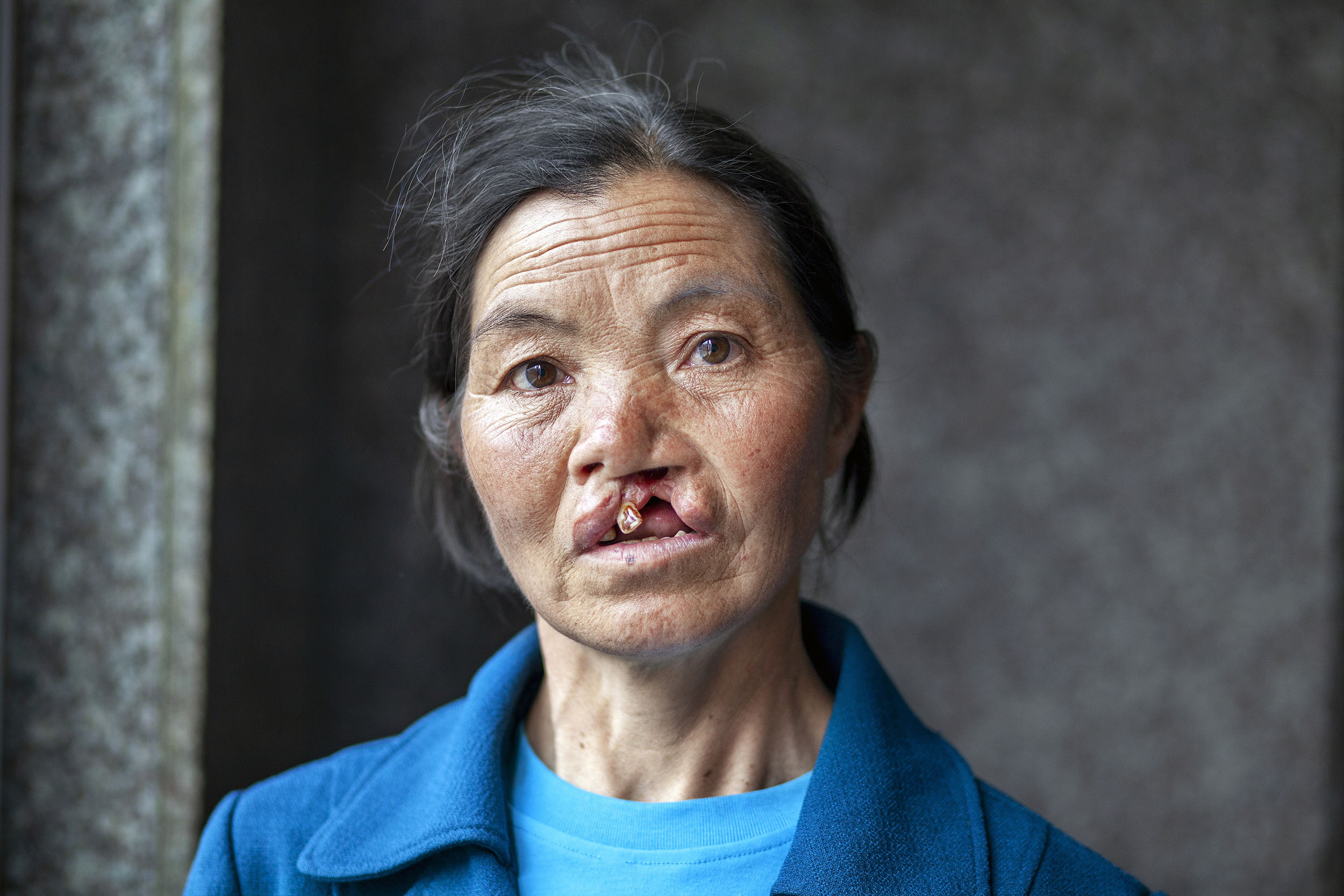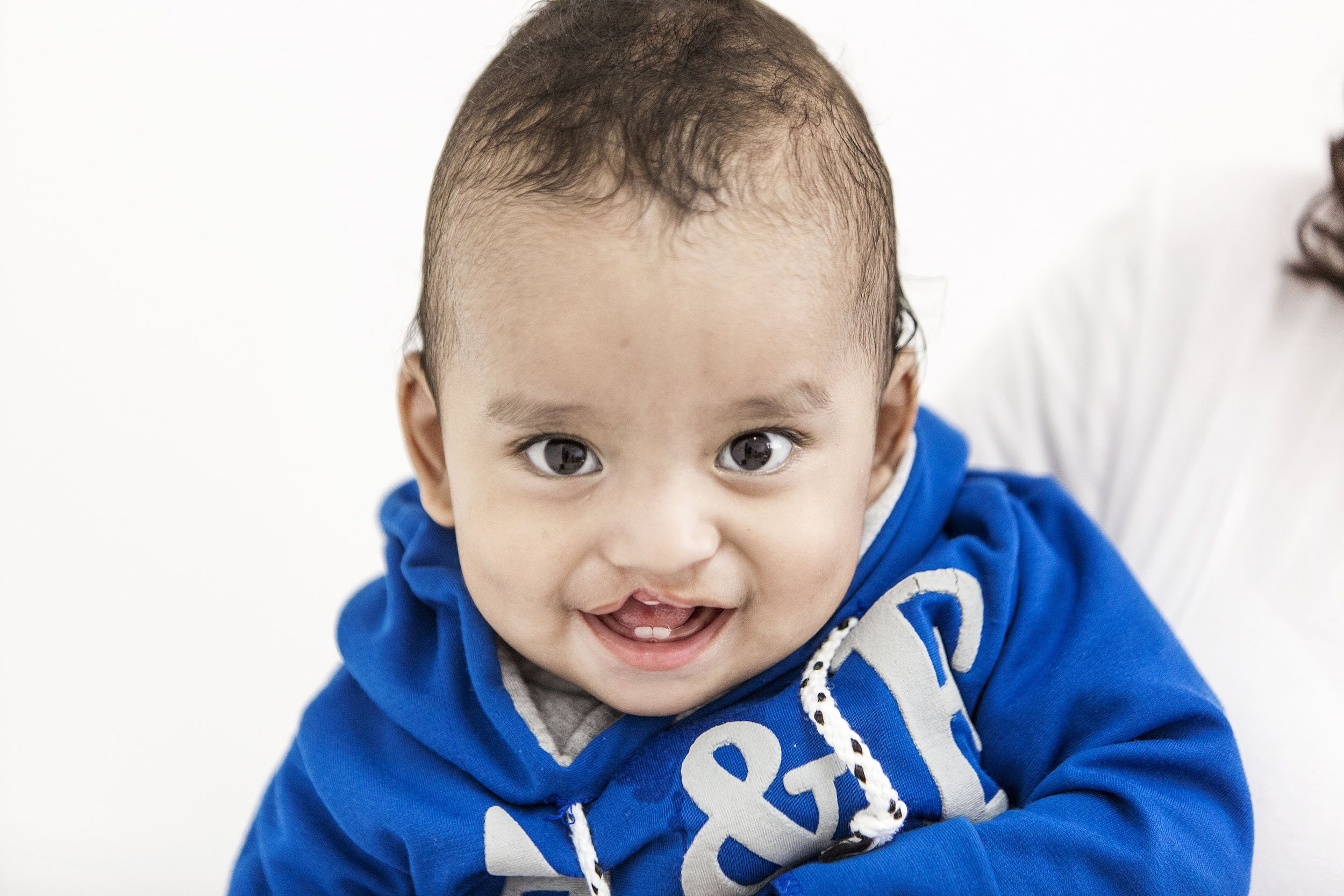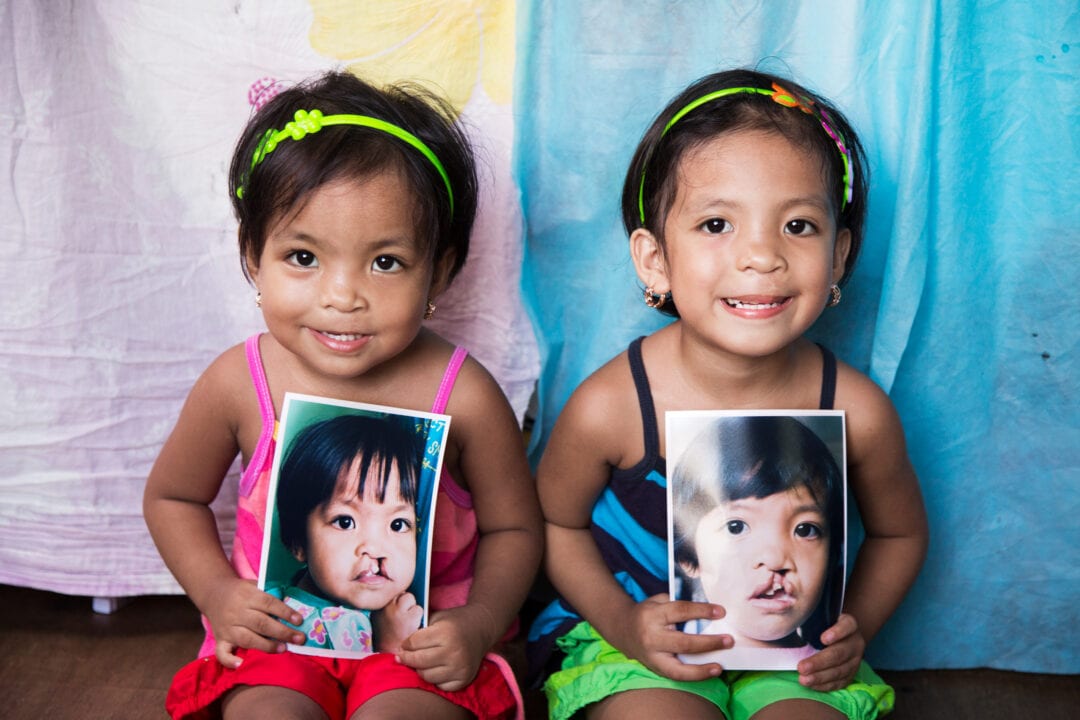
What is a cleft condition?
Here are some common questions we’re often asked about cleft conditions – they show why our work is so important and how – with your support — we can save lives.
What is a cleft lip and cleft palate?
A cleft condition is a gap in the mouth that didn’t close during the early stages of pregnancy. It’s estimated that, worldwide, a child is born every three minutes with a cleft condition — about one in every 500 to 750 births. Sometimes a cleft condition can be easy to see because it’s an opening in the lip. Other times, it’s harder to tell because it’s an opening in the roof of the mouth, which is called the palate.
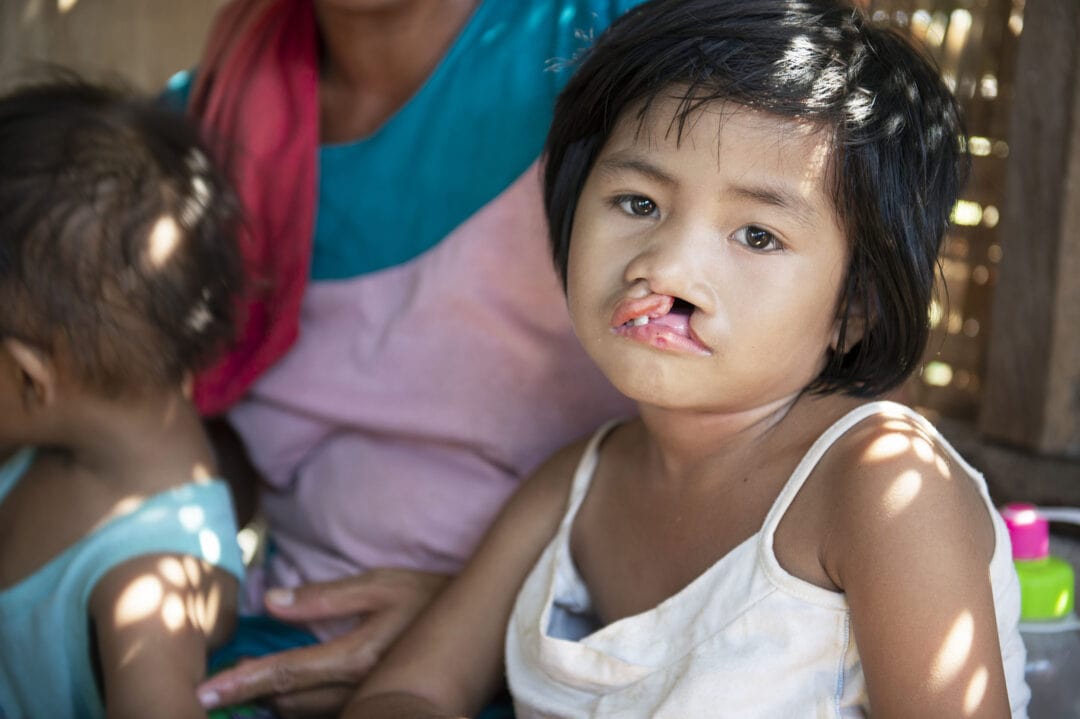
Why do cleft conditions happen, and can cleft be prevented?
There are many risk factors that can increase the likelihood of a cleft condition. While some causes are still unknown, genetics and family history, pre-existing medical conditions, poor nutrition and exposure to harmful environmental substances can affect the healthy development of a baby. As a result, these factors could contribute to a baby being born with a cleft.
Operation Smile is conducting an International Family Study (IFS) with the University of Southern California and Children’s Hospital Los Angeles to better understand why cleft conditions happen.
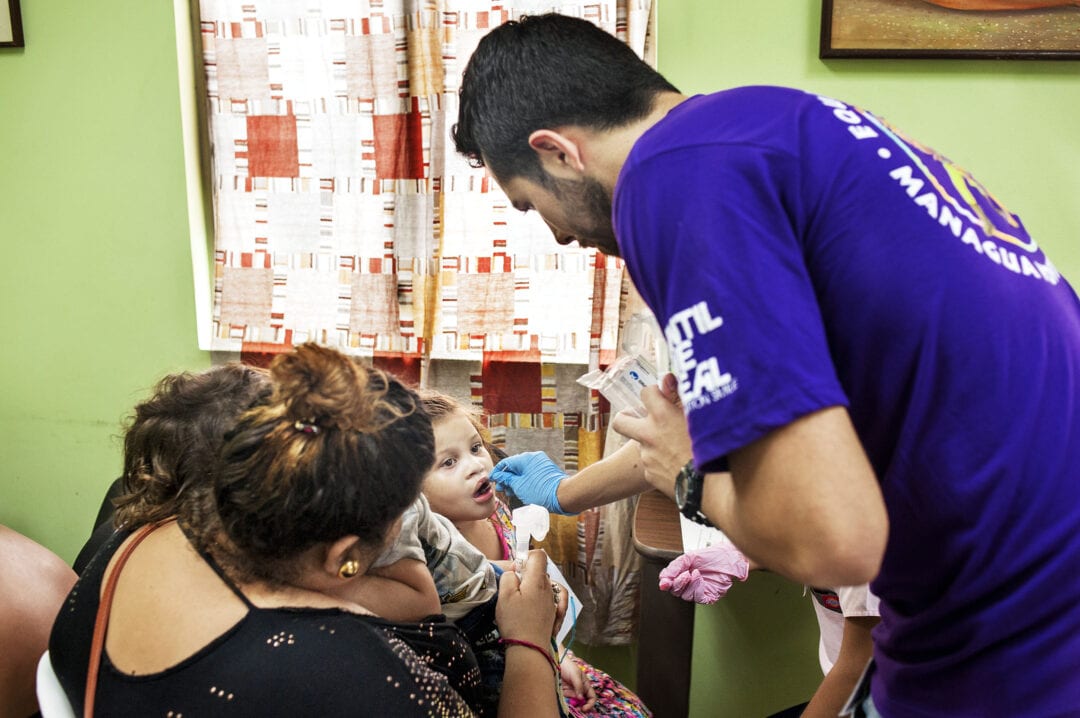
Does a cleft condition cause health issues for a child?
Depending on the type and severity, an untreated cleft condition can create severe health issues for a child. It’s common for babies to have difficulty with feeding, which can lead to malnutrition or even starvation. Recurring ear infections are also a problem for children with cleft conditions which can lead to hearing loss. Jaw and dental development can also be affected. For people with cleft conditions, especially those with cleft palate, speech and language development can also be hindered. Children may also suffer from breathing and hearing issues as well as bullying and social isolation.
While cleft surgery is vital to ensuring a child will live a happier and healthier life, it acts as only a single step along the path of a patient’s journey toward healing. This is why the comprehensive care we provide patients after surgery at our care centres in countries like Morocco, Colombia and India is essential for the people we serve.
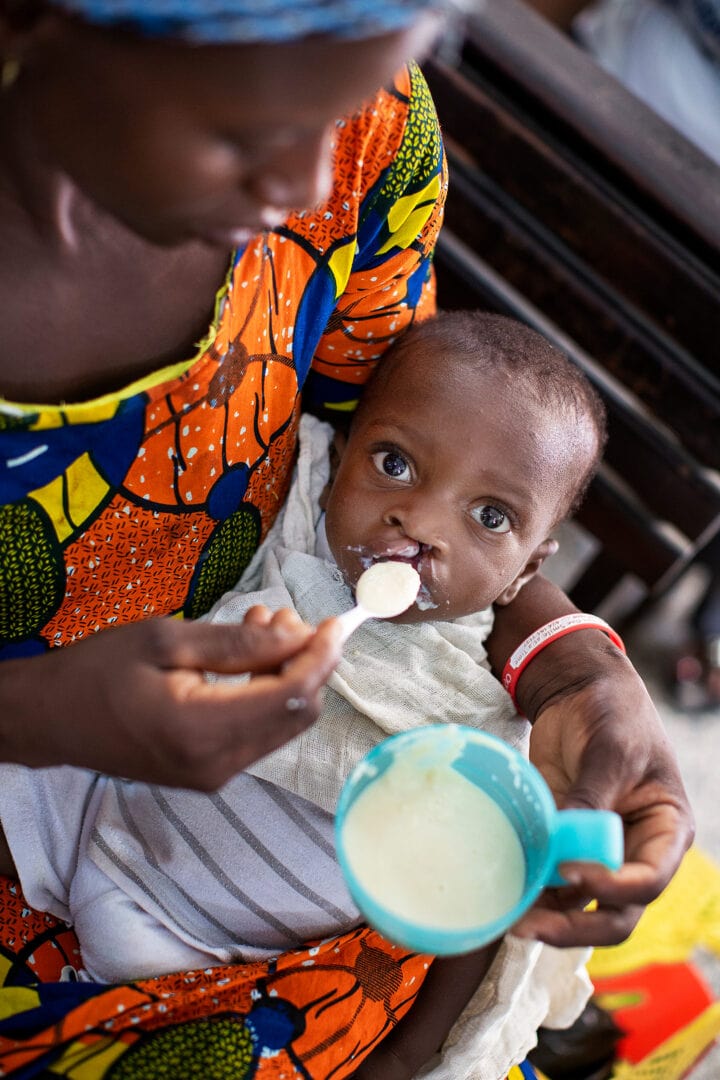
Can cleft lip and cleft palate be repaired?
With surgery, a child suffering from cleft lip and/or cleft palate can have a brand-new, beautiful smile. In an ideal situation, a paediatrician and a reconstructive plastic surgeon work with a child’s parents soon after the child’s birth to choose the best timing for surgery. Most surgeons agree that a cleft lip should be repaired by the time a baby is three months old, and a cleft palate should be repaired between the ages of 12 and 18 months. Several subsequent surgeries may also be required throughout childhood and adolescence.
But for many of the patients and families we serve in low-and-middle-income countries, early surgical intervention isn’t an option due to lack of financial resources, access to qualified medical staff and other factors. Operation Smile remains dedicated to finding these families around the world and providing them with surgery and ongoing care earlier in life so that they can live happier and healthier lives.
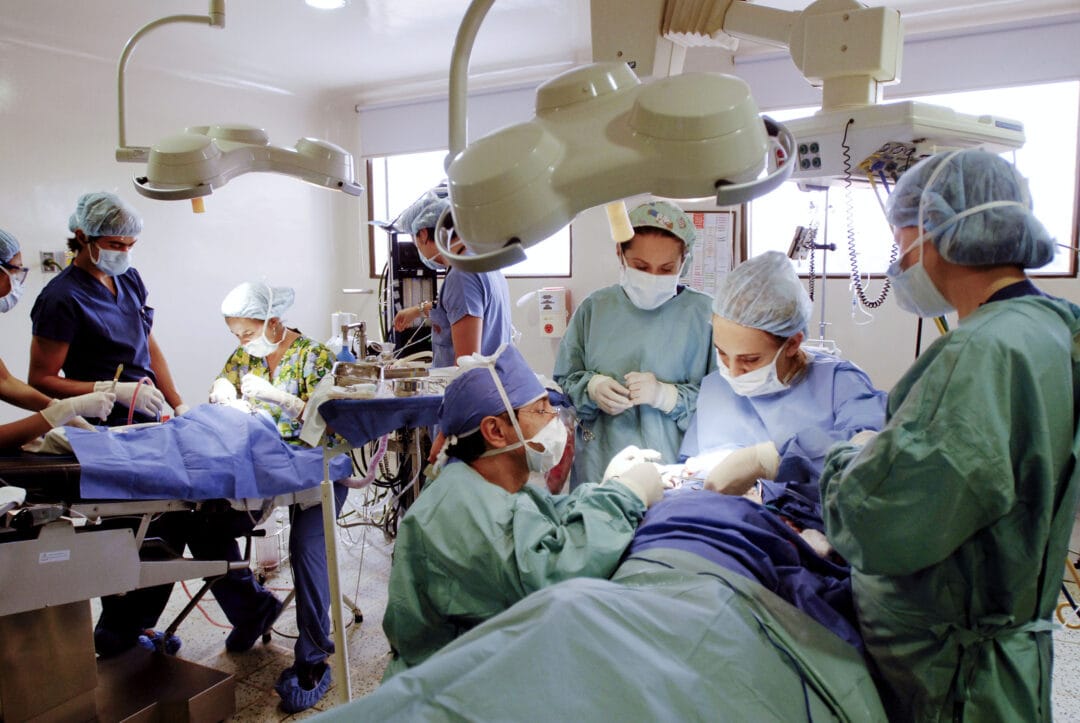
What does it cost to provide a surgery for a child with a cleft condition?
As little as €180 helps provide surgery to a child with a cleft condition. This is possible thanks to the generosity of our medical volunteers — the highly skilled medical professionals from all over the world who volunteer their time and expertise. We are also supported by companies that donate the supplies and equipment necessary for safe surgery. This cost includes expenses incurred for getting essential medical team members to the surgical programme, as well as the cost of additional supplies and shipping.
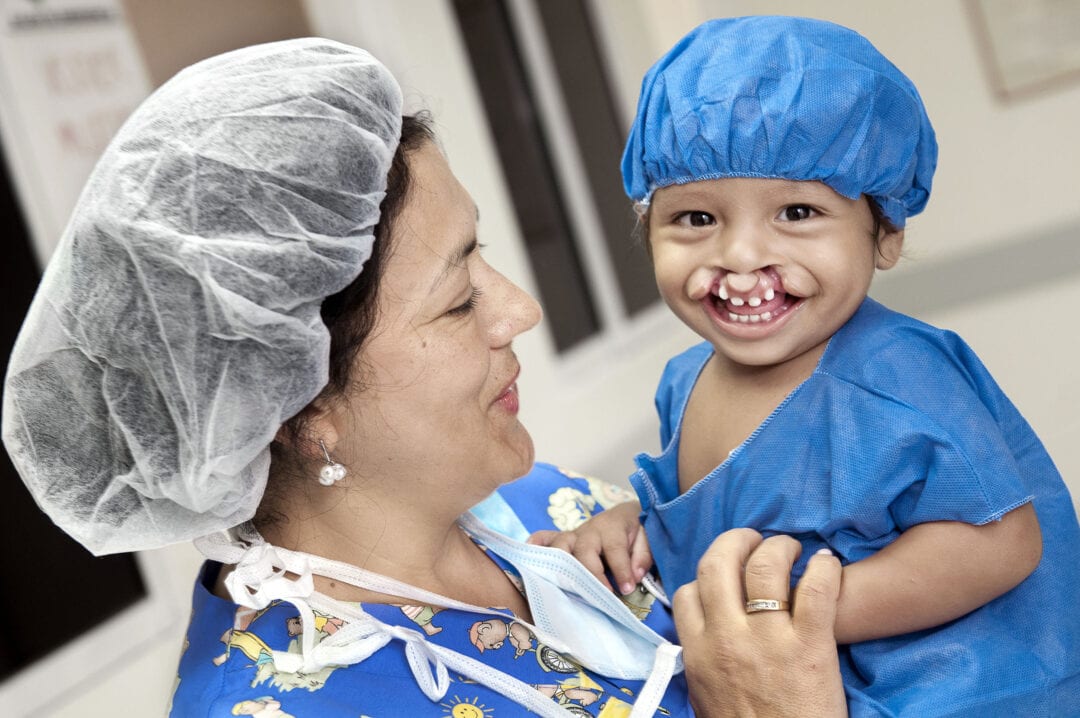
How does Operation Smile differ in its approach to treating children with cleft conditions around the world?
Our goal is to give the most effective comprehensive care to patients worldwide. But no country or community around the world is the same, so we work with local medical professionals, governments, hospitals and other non-profit organisations to create various models of surgical care. Together, we decide which solutions work best to reach as many children as possible, wherever we work, ensuring we bring the highest quality of care to every child, no matter where they live.
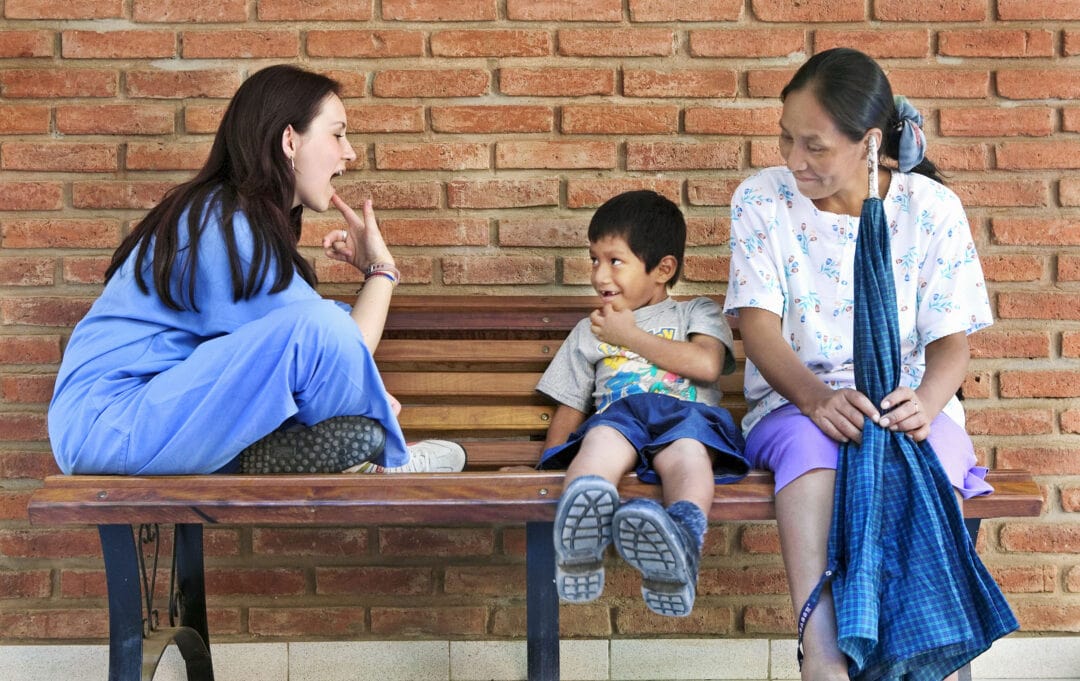
Comprehensive Cleft Care
Surgery is just the start of what we do and the impact we have on children, families, communities, and countries around the world.
